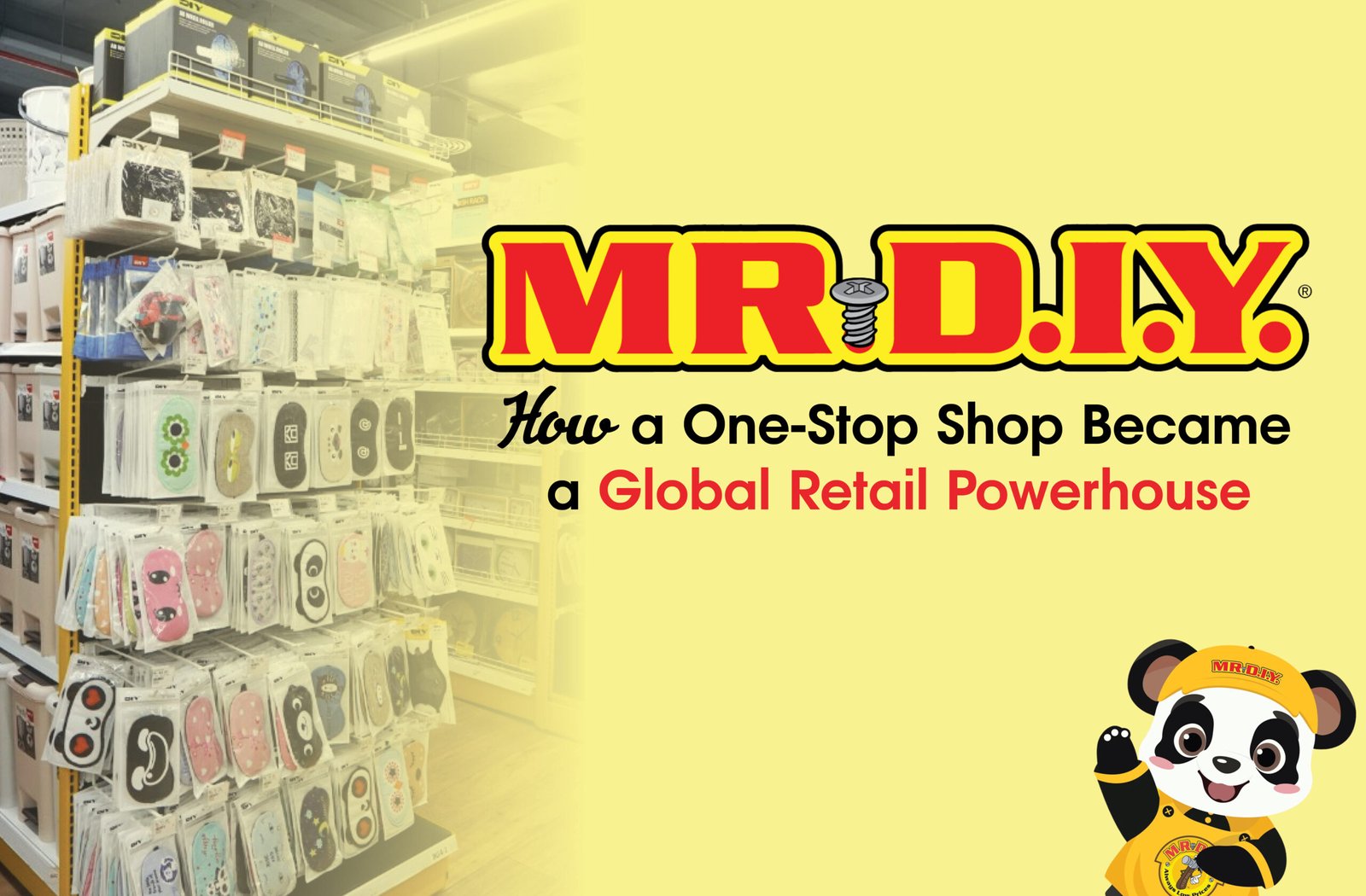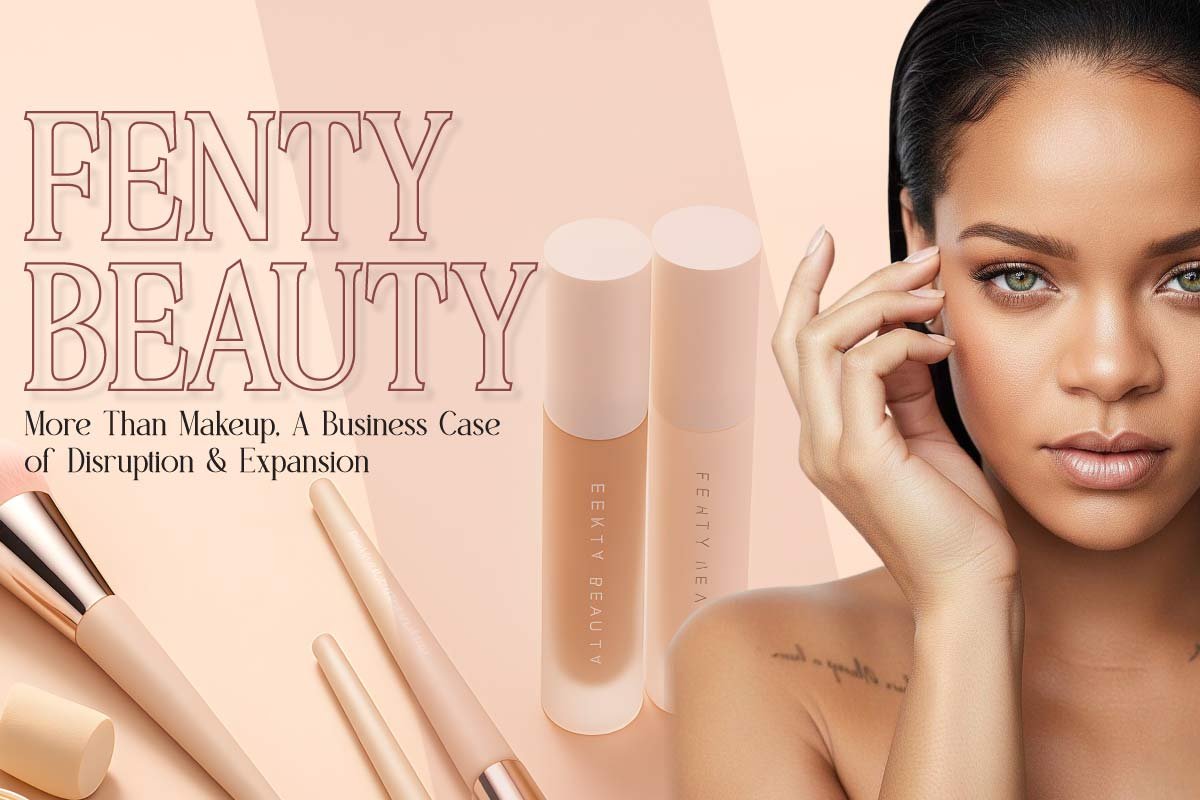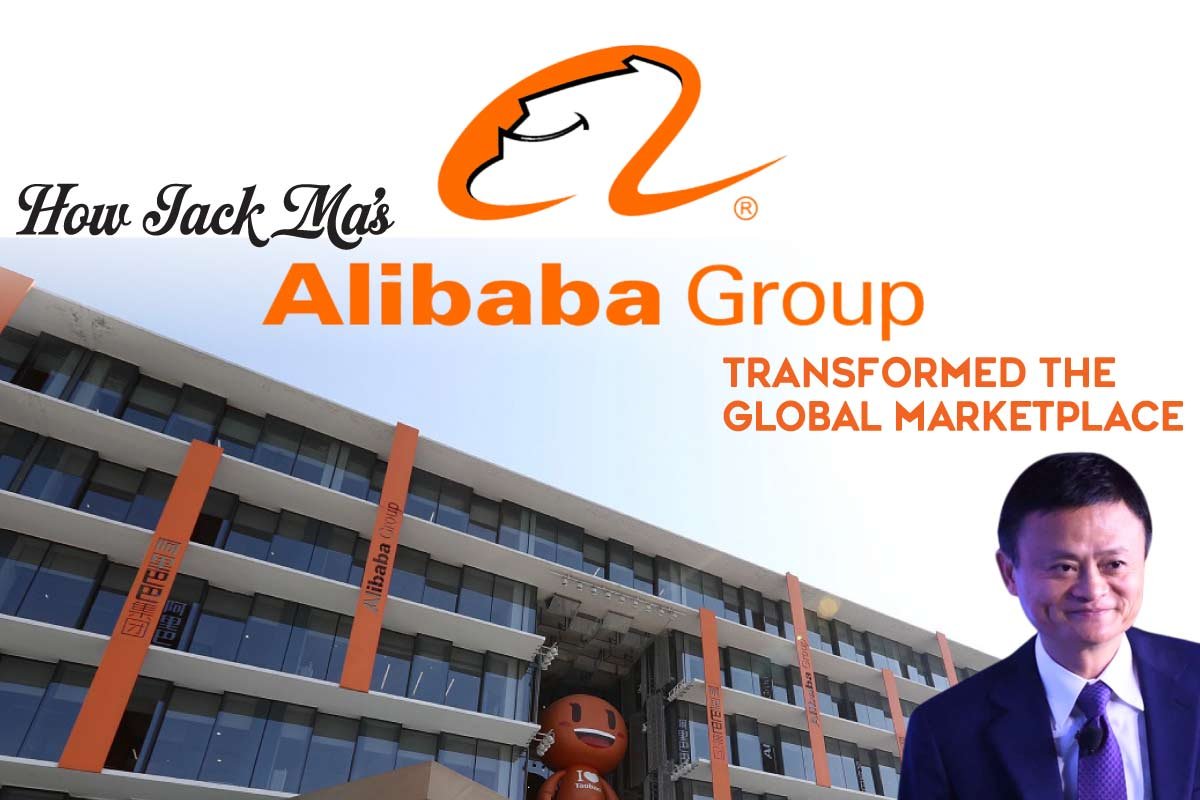Source-pinterest
Did you know that Olay, now a skincare brand sold in over 80 countries, began its journey as a simple moisturizer, “Oil of Olay,” in 1952? With a commitment to creating high-quality skincare products, today it manufactures moisturizers, cleansers, anti-aging products, sunscreens, toners, and exfoliators to meet the customer’s needs. The story of the brand’s success exemplifies how a passion for innovation and being inclusive for years can thrive for decades and remain relevant in the fast-changing world.
In this article, you’ll learn about the brand’s history, its market strategies, the challenges it faced to turn into a skincare brand, and some of its interesting facts.
Brand History
Before jumping to market strategies, interesting facts, and the challenges faced by the brand, you should know about its history. Below is a description of the multiple stages of the company throughout the years.

- 1952: Olay was founded by Graham Wulff in South Africa as “Oil of Olay,” a simple moisturizer aimed at women, known for its luxurious feel.
- 1960s: The brand gained popularity in the U.S., becoming recognized for its effective hydration and distinctive pink packaging.
- 1985: It was rebranded, dropping “Oil of” and expanding its product range beyond moisturizers.
- 1990s: The introduction of Total Effects and the brand Regenerist marked the brand’s focus on multiple skincare benefits and anti-aging solutions.
- 2000s: It was invested in research, incorporating advanced ingredients like peptides and niacinamide to enhance its formulations.
- 2010s: It expanded globally to over 80 countries and emphasized inclusivity and sustainability in its products.
- 2020s: The brand is committed to eco-friendly practices and continues to innovate with new products that cater to modern skincare needs.
Story of Brand’s Logo
The brand logo has changed a lot since it started in 1952. The original logo said “Oil of Olay” in a classic font, showing luxury and quality. In 1985, the brand changed its name to just “Olay” and updated the logo with a more modern look to represent its wider range of products. Over time, the logo has often used bold, uppercase letters in black and white, giving it a clean and stylish appearance. The simple design reflects the brand’s focus on quality and effectiveness. Recent updates keep the logo fresh while maintaining its reputation as a trusted skincare brand. Overall, the logo’s changes show the brand’s journey from one product to a full line of skincare solutions.
Olay Market Strategies

Olay uses targeted marketing to reach different groups of customers and connect with younger audiences through social media and influencers. The brand focuses on being trustworthy and inclusive in its messaging, promotes eco-friendly practices, and offers samples to encourage people to try its products. Olay also provides helpful information to empower consumers to make smart skincare choices. Below are the major market strategies it uses for promotions and to encourage more customers to buy.
- Collaborations and Partnerships: The brand works with dermatologists and beauty experts to promote its products and gain credibility.
- Digital Presence: The brand is often present on multiple social media platforms where they share success stories and promote brands that enhance trustworthiness and help to engage with customers.
- Inclusive Messaging: It features models of different ages and multiple skin types to show the impact of their skincare products and make them more relatable to the audience.
- Sustainability: The brand runs multiple environmentally friendly campaigns and uses eco-friendly products to spread awareness.
- Product Sampling and Promotions: To promote the products and services, the brand camps in multiple locations and provides free samples to test their products. The sampling helps them promote their products, encourage more customers to buy, and build loyalty.
What Are the Challenges Faced by the Brand?

The brand faces several challenges in the crowded skincare market, such as strong competition and changing customer preferences for natural ingredients. The brand also has to deal with pressure to keep prices low while meeting eco-friendly expectations and adapting to new digital trends to connect with consumers effectively. Below is a description of the major challenges faced by this brand.
- It operates in a crowded skincare market filled with many established and new brands, making it essential to differentiate itself.
- Consumers increasingly seek natural and clean ingredients, prompting the brand to adapt its product formulations while maintaining effectiveness.
- The rise of affordable brands puts pressure on the brand to keep its prices competitive without sacrificing quality or innovation.
- With growing environmental awareness, consumers expect the brand to adopt eco-friendly practices, which requires investment in sustainable packaging and practices.
- The brand needs to stay updated on digital marketing trends and consumer behavior to effectively reach and engage its target audience online.
Interesting Facts About the Brand You Didn’t Know
The brand started as “Oil of Olay” in 1952, created as a simple moisturizer for women. It became a leader in anti-aging skincare with its Total Effects line in the late 1990s, offering multiple benefits in one product. Today, it is sold in over 80 countries around the world. The brand invests in research and works with dermatologists to make effective products. Its ads feature models of different ages and backgrounds, promoting that great skincare is for everyone.
The brand is also committed to being eco-friendly by reducing plastic waste and using sustainable packaging. It has teamed up with celebrities like Kerry Washington to reach younger audiences and has won many awards for its products. Known for its innovative ingredients like niacinamide and hyaluronic acid, it engages with customers through fun social media campaigns, showing its commitment to quality and creativity.
Conclusion
Olay has come a long way from being a simple moisturizer to becoming a leading skincare brand around the world. With over 70 years of history, the brand has adapted to what customers want while still providing effective products. The brand focuses on smart marketing, sustainability, and working with experts to stay strong in the crowded skincare market. Even though it faces challenges like tough competition and changing preferences, it continues to grow by using eco-friendly practices and connecting with diverse audiences. Its commitment to helping people feel good in their skin shows that great skincare is for everyone.


















